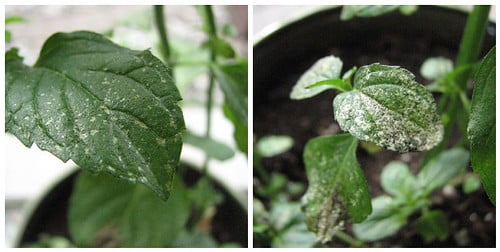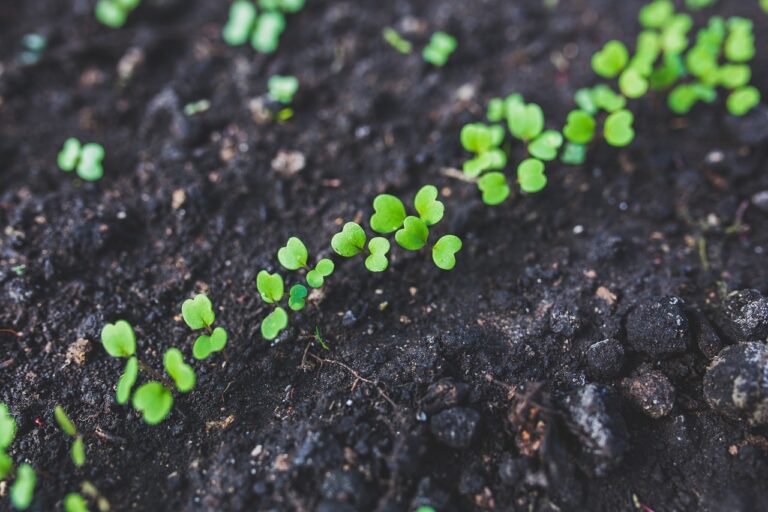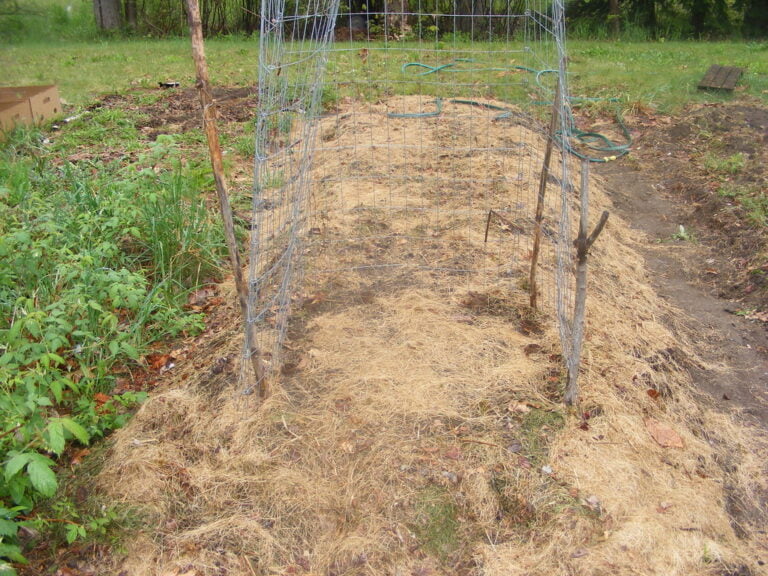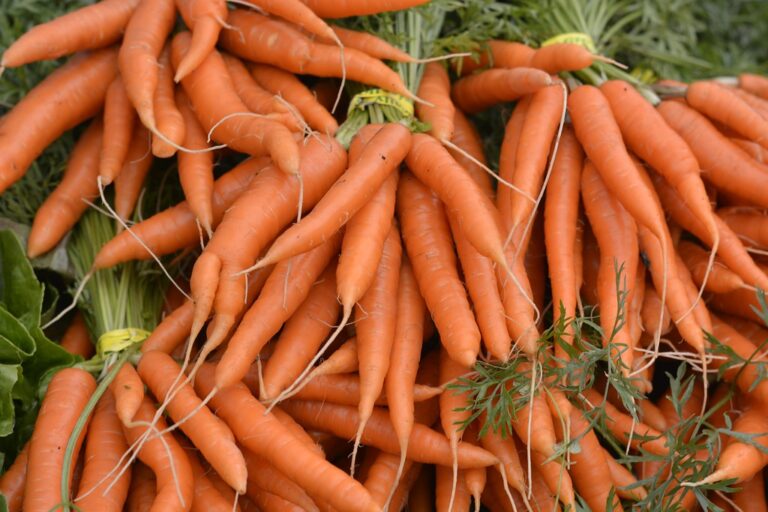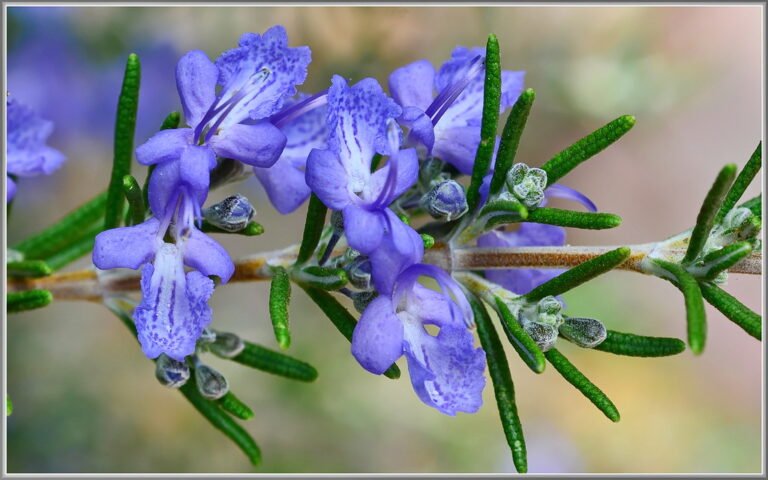Using Nasturtium as a Companion Plant: Benefits and Tips
Looking to enhance your garden's health and productivity? Consider using nasturtium as a companion plant! This vibrant flower offers numerous benefits, such as pest control, improved soil fertility, and attracting beneficial insects. It also acts as a natural weed suppressant, ensuring your plants thrive. By incorporating nasturtium into your companion planting strategy, you'll enjoy better crop yields and deter harmful pests. Discover the tips and tricks for successfully incorporating nasturtium into your garden and create a visually appealing, thriving space.
Pest Control Properties of Nasturtium
One of the key benefits of using nasturtium as a companion plant is its ability to actively control pests. Nasturtiums are known to repel a range of pests, including aphids, whiteflies, cucumber beetles, and squash bugs. The plant releases chemicals that deter these pests, effectively safeguarding your garden from infestations. Additionally, nasturtiums attract beneficial insects like ladybugs and predatory wasps, which feed on harmful pests. This natural pest control method reduces the need for chemical pesticides, making it an eco-friendly option for your garden. To maximize the pest control properties of nasturtiums, plant them around susceptible crops or near plants that are prone to pest attacks. Observing the positive effects of nasturtiums on pest control will not only benefit your garden but also contribute to a healthier and more sustainable environment.
Enhancing Soil Fertility With Nasturtium
To enhance your soil fertility, incorporate nasturtium's nutrient-rich foliage and vibrant flowers into your garden. Nasturtium plants have a unique ability to enrich the soil with essential nutrients, making them an excellent choice for improving the overall health of your garden. The leaves of nasturtium are packed with nitrogen, a vital nutrient for plant growth. As the leaves decompose, they release nitrogen into the soil, providing a natural and sustainable source of this essential element. Additionally, nasturtium flowers attract beneficial pollinators like bees and butterflies, further enhancing the ecosystem of your garden. By planting nasturtium alongside your other crops, you can foster a nutrient-rich environment that promotes healthy plant growth and increases overall soil fertility.
Nasturtium's Role in Attracting Beneficial Insects
Attracting beneficial insects is a key role of nasturtium in your garden. These vibrant flowers act as a magnet for a wide range of beneficial insects, including ladybugs, lacewings, and hoverflies. These insects play a crucial role in controlling pests, such as aphids and caterpillars, naturally and without the need for harmful chemicals. Nasturtiums produce nectar and pollen that serve as a food source for these beneficial insects, attracting them to your garden and encouraging them to stick around. To maximize the benefits, plant nasturtiums near your vegetable garden or other plants that are prone to pest issues. The bright, showy flowers not only add beauty to your garden but also promote a balanced ecosystem, providing a natural solution to pest control.
Nasturtium as a Natural Weed Suppressant
Planting nasturtiums as a companion plant can help control weeds in your garden. Nasturtiums produce chemicals that inhibit the growth of certain weed species, making them excellent natural weed suppressants. These vibrant flowering plants have large, round leaves that spread out, creating a dense cover that shades the soil. This shade reduces sunlight penetration, making it difficult for weeds to germinate and thrive. Additionally, nasturtiums have a vigorous growth habit, quickly filling in empty spaces and leaving little room for weeds to establish themselves. Their sprawling nature also helps smother existing weeds, effectively suppressing their growth. By planting nasturtiums alongside your other plants, you can enjoy a weed-free garden and spend less time battling unwanted invaders.
Companion Planting With Nasturtium for Improved Plant Health
By incorporating nasturtiums as a companion plant, you can enhance the overall health of your garden plants. Nasturtiums have many benefits when used in companion planting. They attract beneficial insects like bees and butterflies, which help with pollination and pest control. The flowers also produce a strong scent that repels pests such as aphids and whiteflies. Nasturtiums are also known for their ability to improve soil quality. Their large leaves help to suppress weeds and their roots release compounds that inhibit the growth of certain soil-borne diseases. Additionally, the leaves and flowers of nasturtiums are edible and can add a spicy kick to salads and other dishes. So why not add some nasturtiums to your garden? They not only provide a beautiful display of flowers but also contribute to the overall health of your plants.
Maximizing Garden Space With Nasturtium as a Border Plant
To make the most of your garden space, consider using nasturtium as a border plant. Nasturtiums are not only beautiful, but they also serve a practical purpose in your garden. By planting them along the edges of your garden beds, you can create a natural barrier that helps to define and separate different areas of your garden. This is especially useful if you have limited space and want to maximize the use of every inch in your garden. Additionally, nasturtiums are known for their ability to repel pests, such as aphids and whiteflies, which can damage your other plants. By using nasturtium as a border plant, you are not only creating a visually appealing garden, but also protecting your plants from unwanted visitors.
Using Nasturtium in Companion Planting for Better Crop Yields
As you continue to maximize your garden space with nasturtium as a border plant, you can further enhance your crop yields by incorporating nasturtium in companion planting. Nasturtiums are not only beautiful, but they also have numerous benefits for your other plants. One of the main advantages of using nasturtiums as companion plants is their ability to repel harmful insects. Their strong scent acts as a natural deterrent for pests like aphids, whiteflies, and cucumber beetles. Additionally, nasturtiums attract beneficial insects such as ladybugs and bees, which help with pollination. Their dense foliage also acts as a living mulch, shading the soil and preventing weed growth. By interplanting nasturtiums with your vegetables or fruits, you create a diverse and balanced ecosystem in your garden, leading to healthier plants and better crop yields.
Nasturtium's Ability to Deter Harmful Pests
Nasturtiums provide an effective defense against harmful pests in your garden. These vibrant flowers release a strong scent that repels insects like aphids, whiteflies, and squash bugs. By planting nasturtiums near your vegetables or herbs, you create a natural barrier that keeps these pests away. The peppery taste of nasturtium leaves and flowers also acts as a deterrent for certain pests, making them less likely to feast on your plants. In addition to repelling pests, nasturtiums attract beneficial insects such as ladybugs and bees, which help to pollinate your garden. To maximize the pest-repelling benefits, interplant nasturtiums with susceptible crops or place them as border plants. Remember to regularly check your nasturtiums for signs of pest infestation and take appropriate measures to ensure a healthy garden.
Tips for Successfully Incorporating Nasturtium in Companion Planting
To successfully incorporate nasturtium in companion planting, you should regularly assess the health of your plants. Keep an eye out for any signs of pests, diseases, or nutrient deficiencies. By catching these issues early on, you can take prompt action to prevent them from spreading to your other plants. Additionally, it is important to provide the right growing conditions for your nasturtiums. They thrive in well-drained soil and prefer full sun, so make sure to choose a suitable location for planting. Nasturtiums are also known for their ability to attract beneficial insects, such as bees and predatory insects that prey on pests. To enhance this effect, you can interplant nasturtiums with other companion plants that attract these beneficial insects. Remember to water your plants regularly and provide adequate space for them to grow. With these tips in mind, you can successfully incorporate nasturtiums as companion plants and enjoy the benefits they bring to your garden.
Nasturtium's Contribution to a Visually Appealing Garden Design
Incorporating nasturtiums as a companion plant not only offers numerous benefits, but it also adds a visually appealing touch to your garden design. Nasturtiums are known for their vibrant flowers in shades of red, orange, and yellow, which can instantly brighten up any space. These flowers can be used as a border or edging plant to create a visually striking effect. Additionally, nasturtiums have a trailing habit, making them perfect for hanging baskets or cascading over the edges of containers. Their lush, green foliage provides an attractive backdrop for other plants in your garden. Whether you choose to plant them in flower beds, containers, or along a trellis, nasturtiums are sure to enhance the beauty of your garden and create a visually stunning display.
Conclusion
In conclusion, incorporating nasturtium as a companion plant in your garden can provide numerous benefits. Its pest control properties help protect your plants, while enhancing soil fertility and attracting beneficial insects. Nasturtium also acts as a natural weed suppressant and improves overall plant health, resulting in better crop yields. Additionally, its ability to deter harmful pests makes it a valuable addition to any garden. By following a few tips, you can successfully incorporate nasturtium and enjoy a visually appealing garden design.

